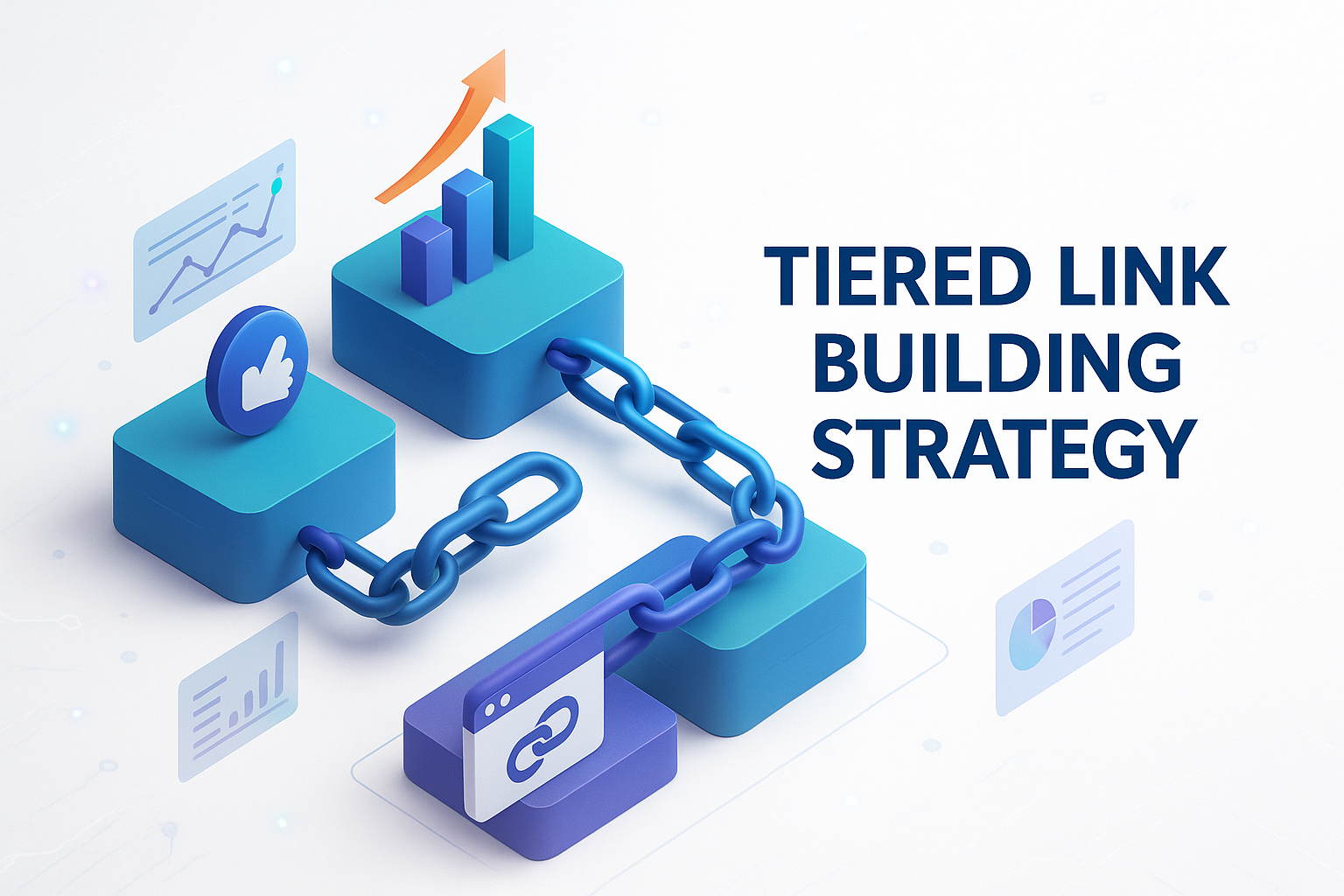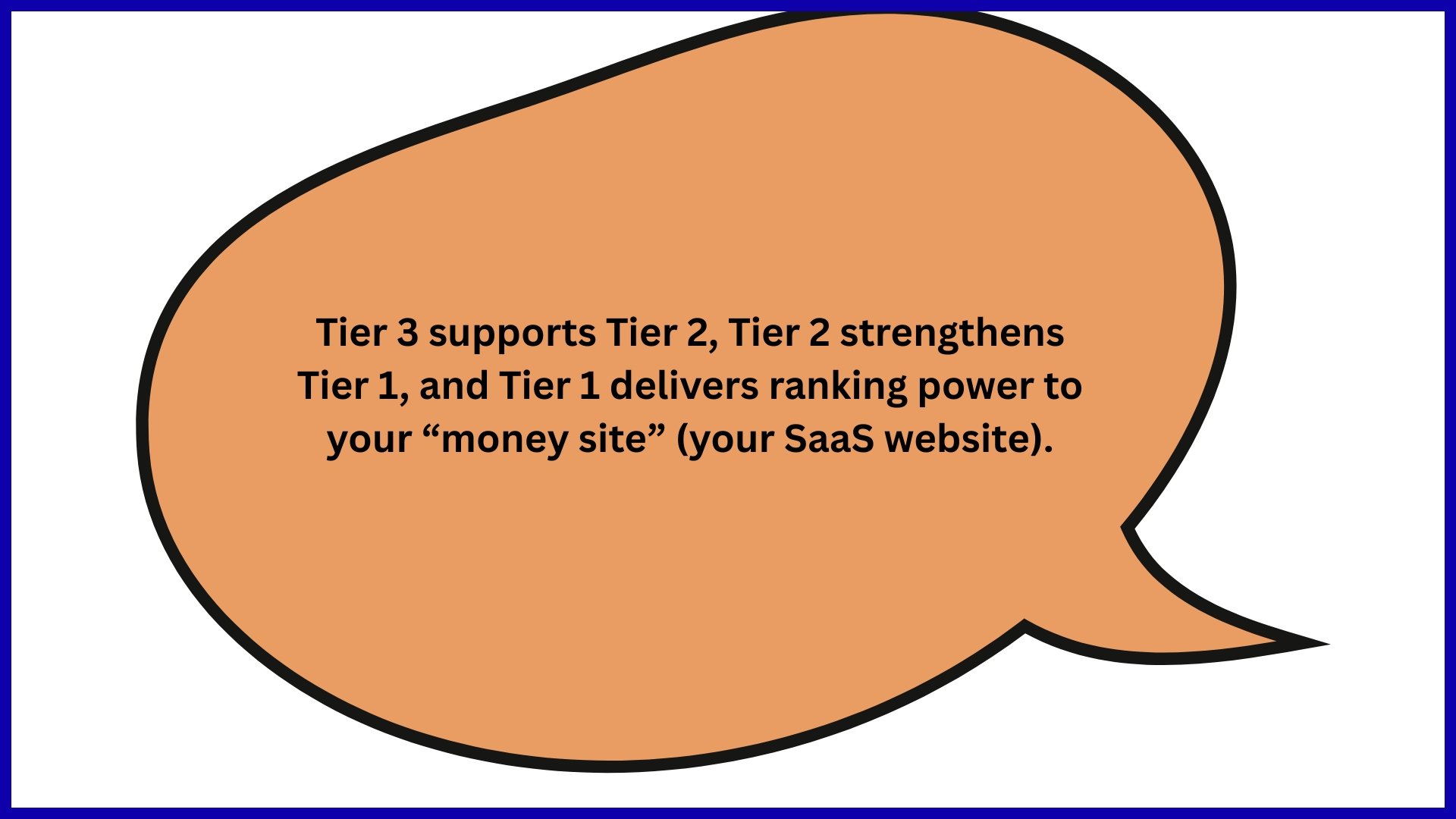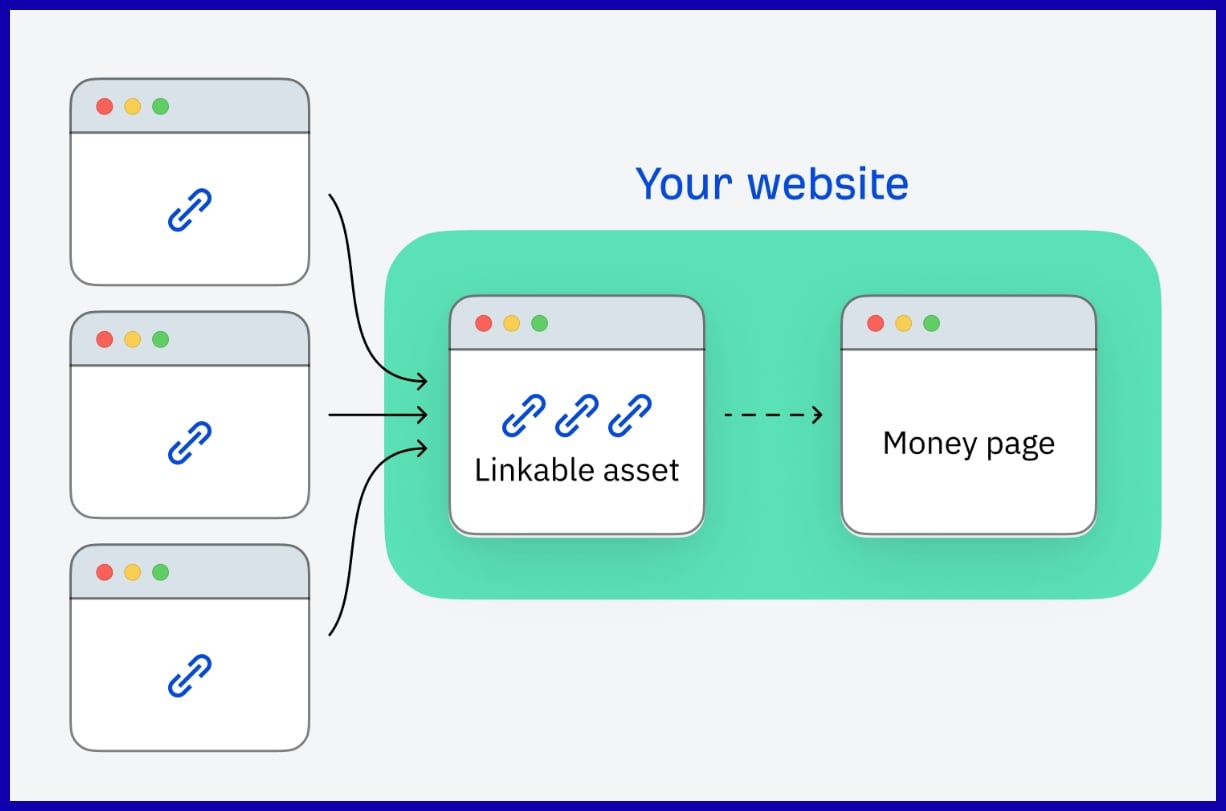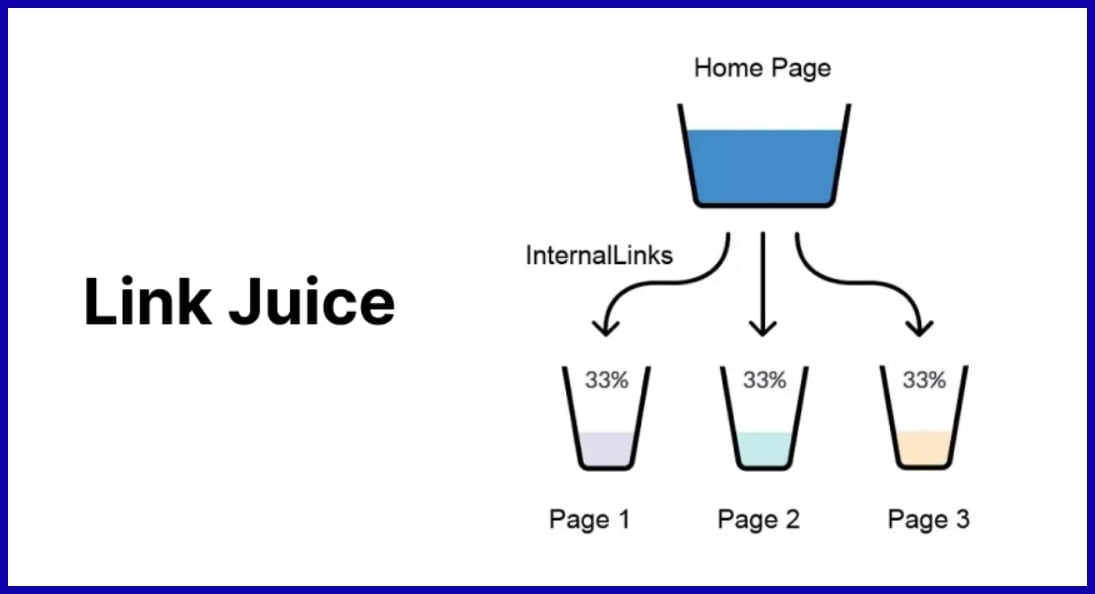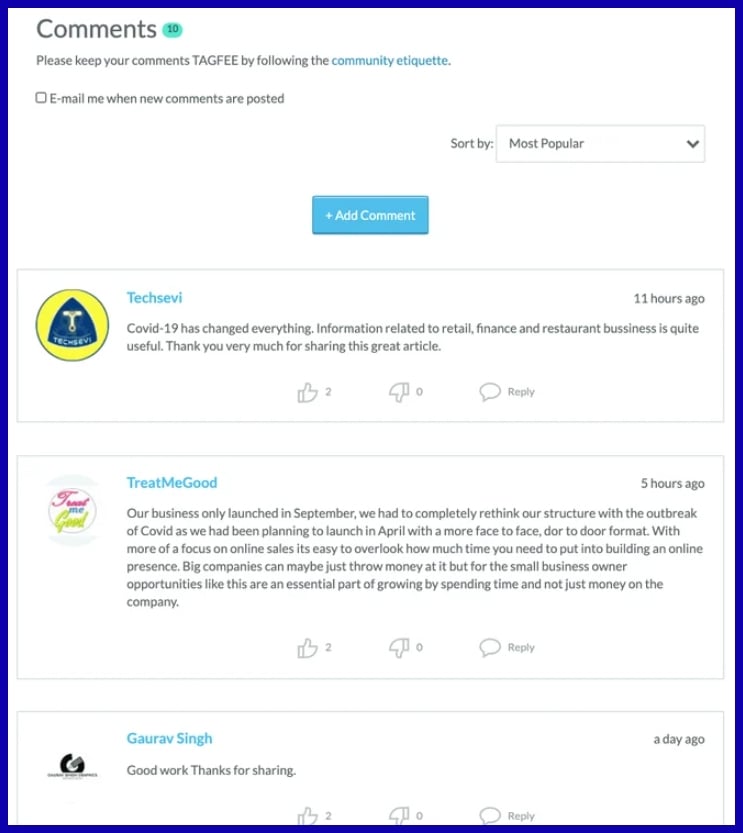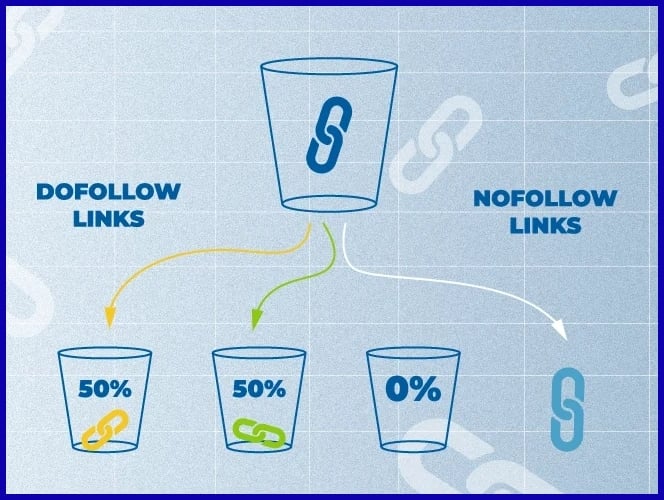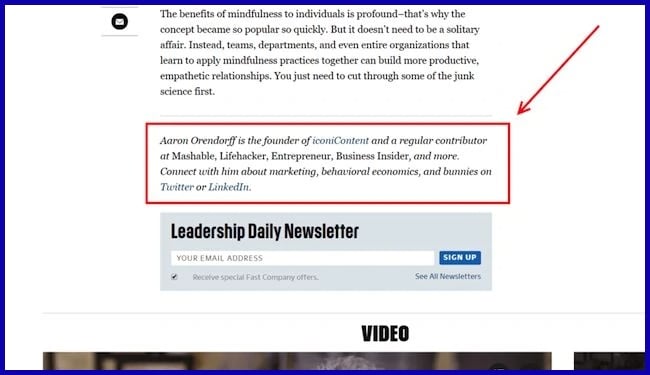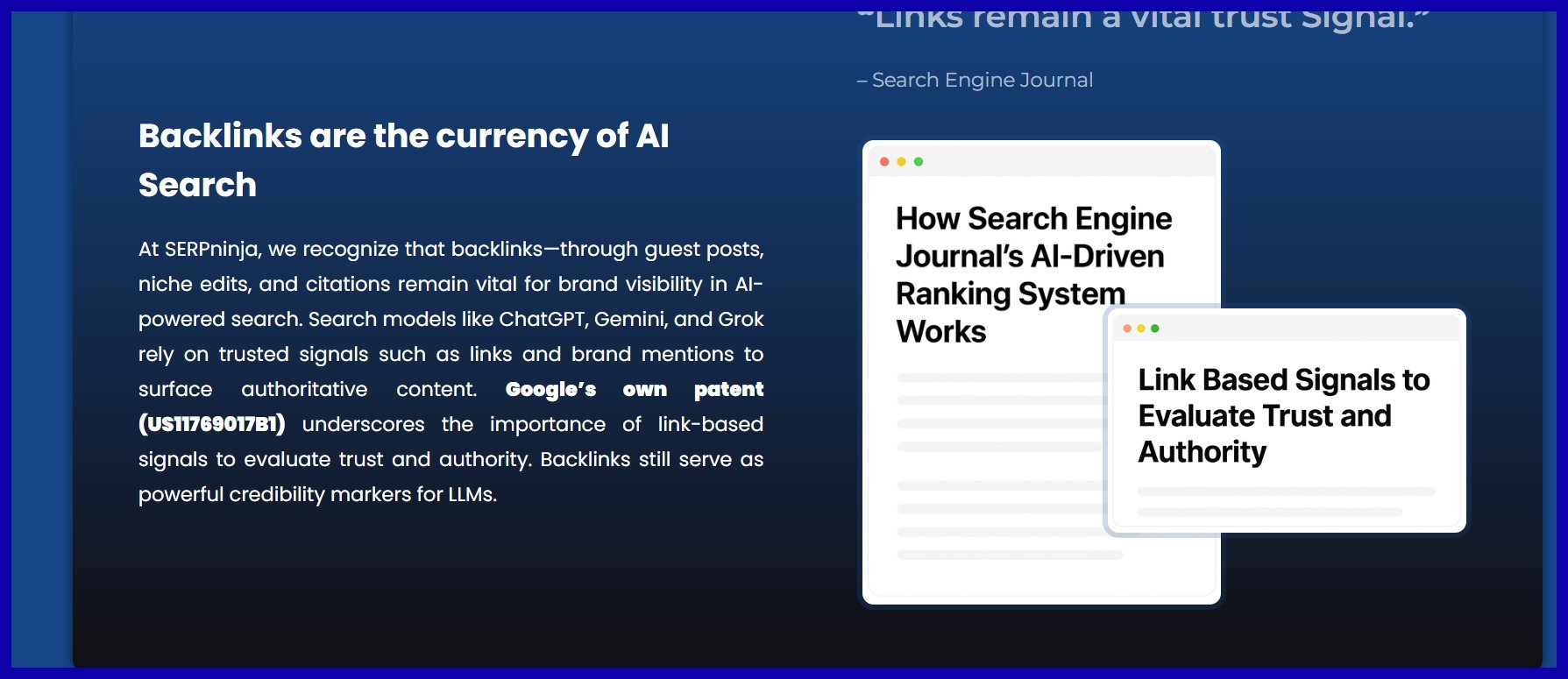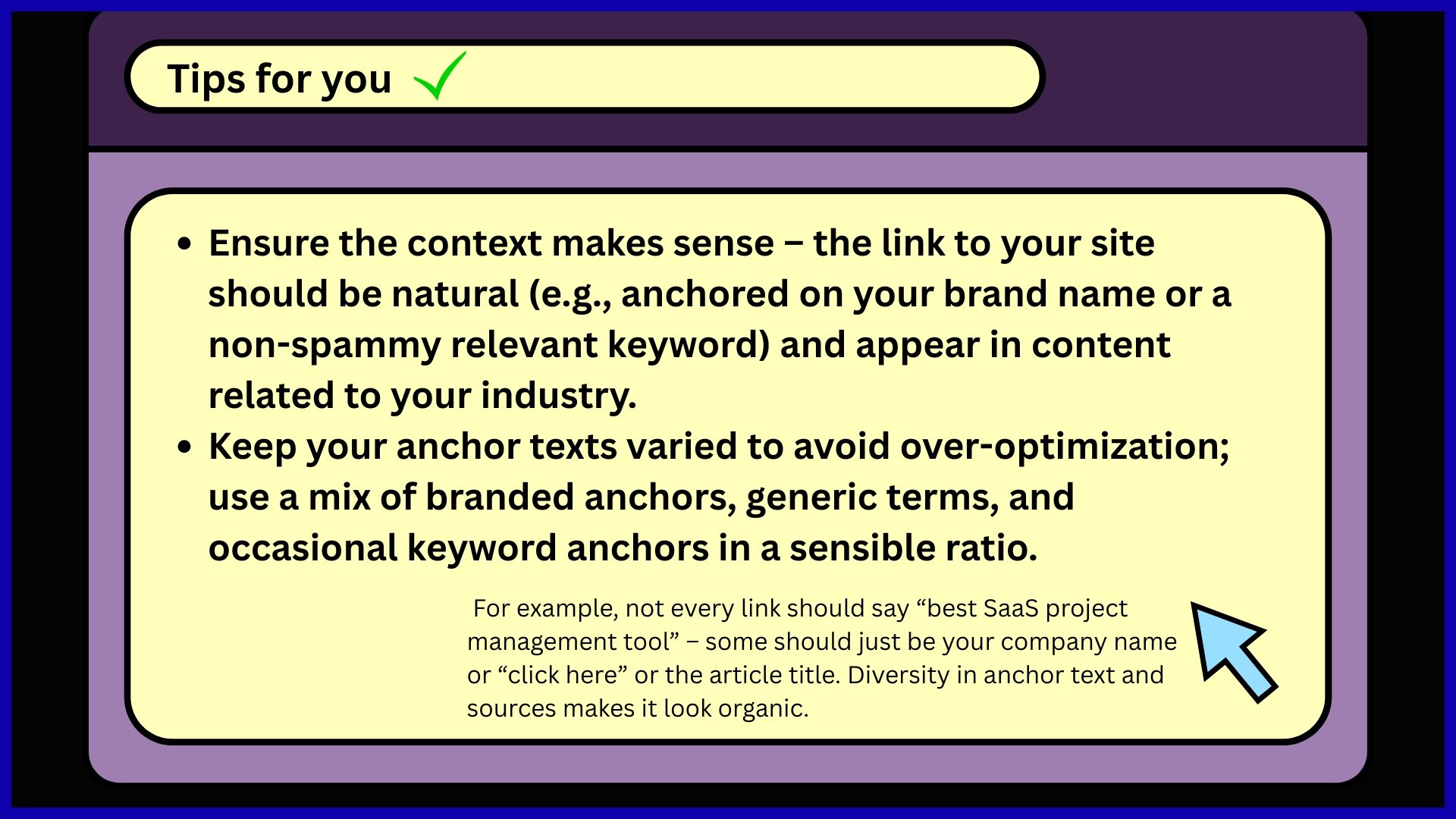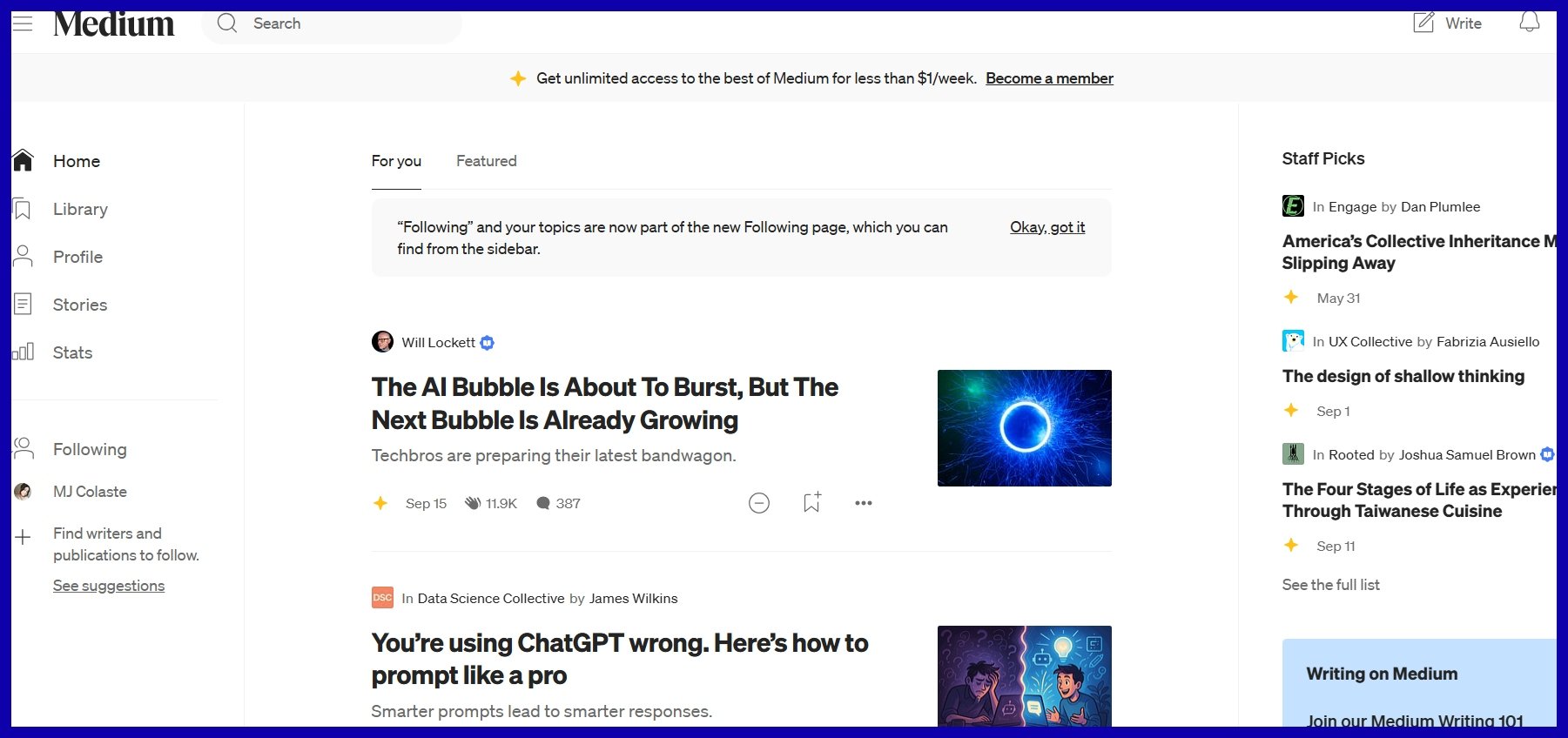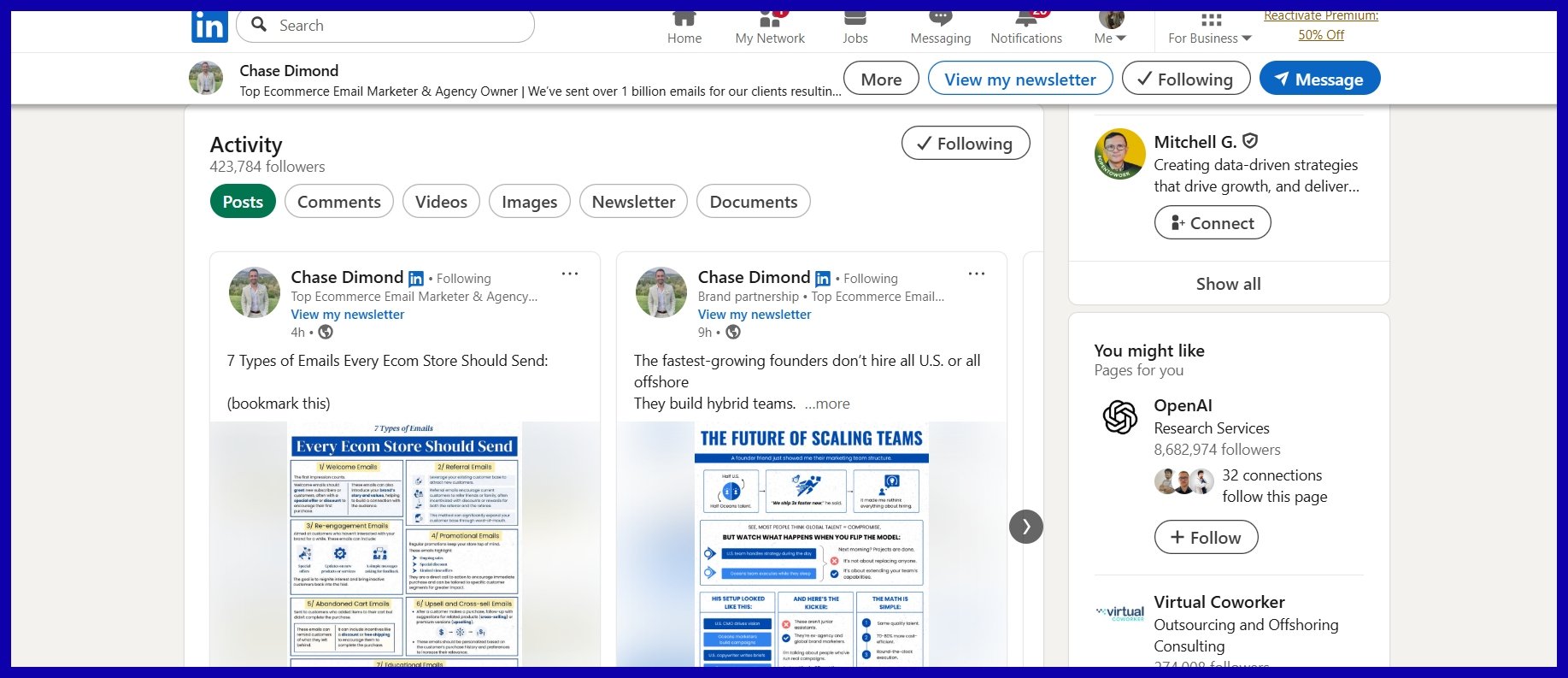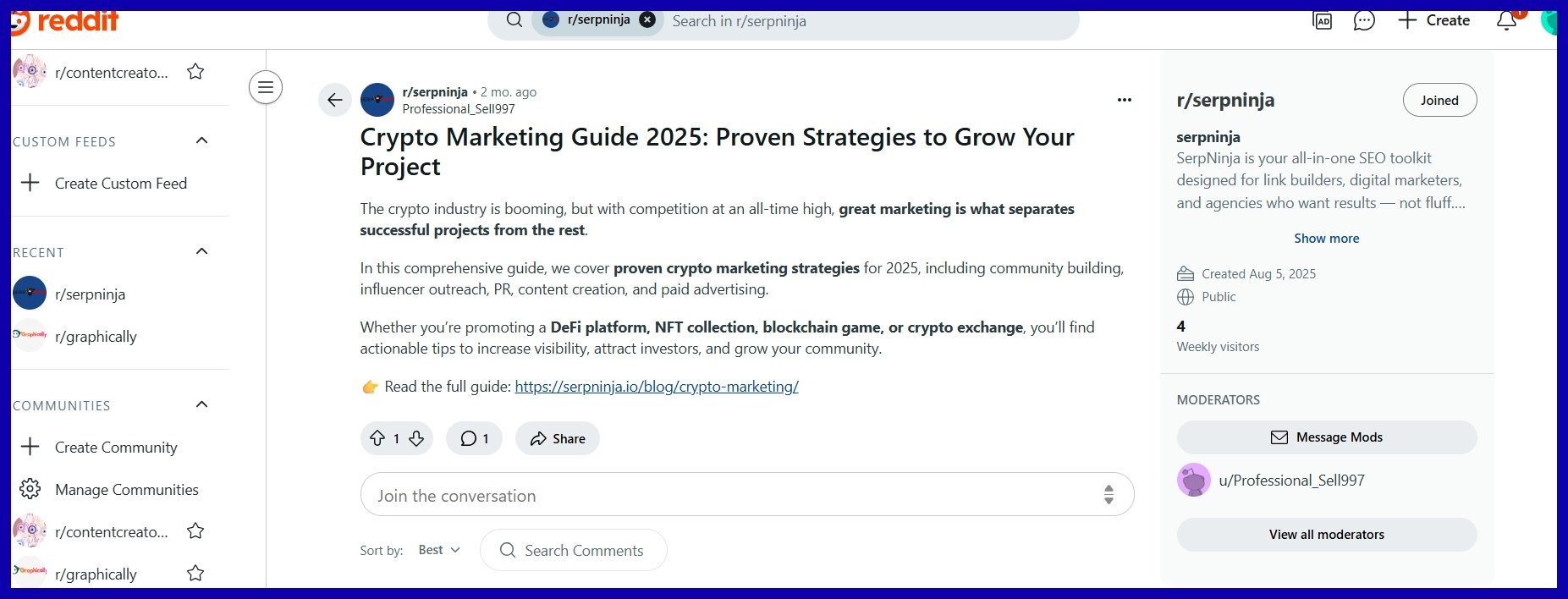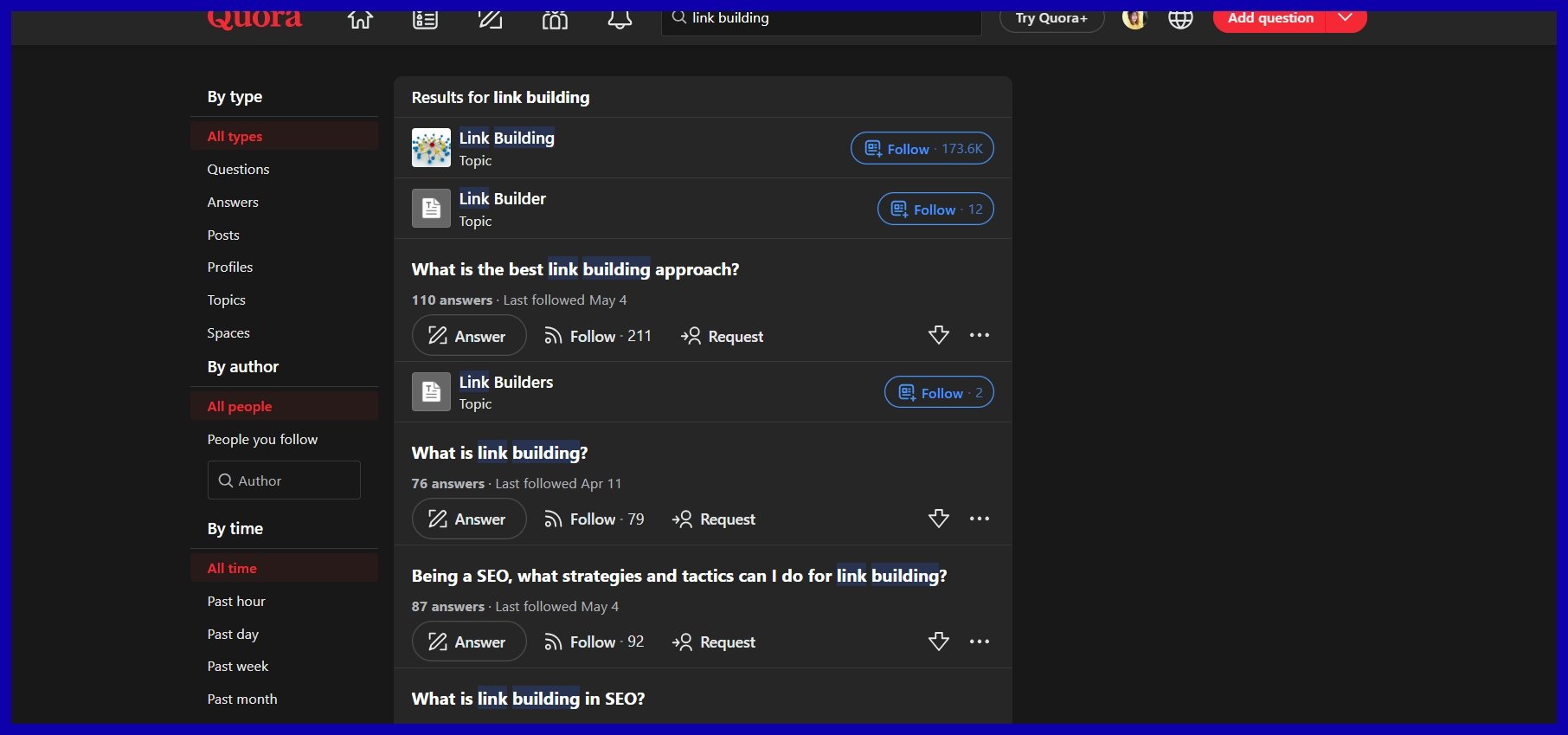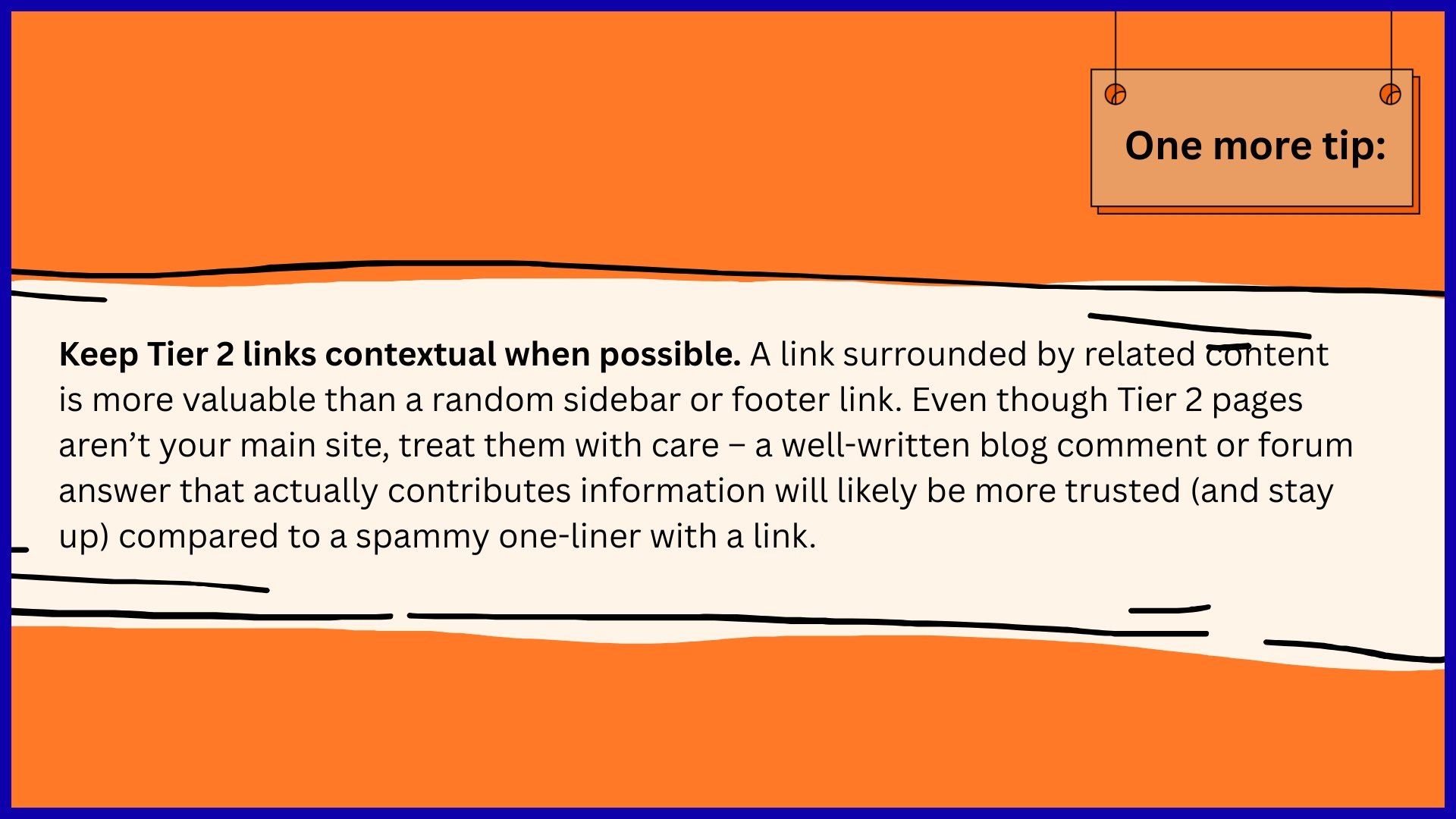Key Takeaways
-
Tiered link building uses multiple layers (tiers) of backlinks to boost a website’s authority and search rankings.
-
By funneling links into your existing backlinks, you amplify the SEO value (often called “link juice”) passed to your SaaS site.
-
A well-structured tiered system helps diversify your backlink profile across many sites and link types.
-
For sustainable results, prioritize quality and relevance in each tier. Keep Tier 1 links top-notch and authoritative, use Tier 2 links from contextually relevant sources to reinforce those, and only use low-quality link tactics (like mass directory submissions or blog comments) sparingly at Tier 3. Following ethical, “white hat” practices (and avoiding spam or black-hat shortcuts) is key to staying safe.
-
Strong content and resources (e.g., in-depth blog posts, guides, infographics) make tiered link building more effective.
-
Tiered link campaigns aren’t “set and forget.” They require ongoing attention – monitoring your backlink profile, updating or removing harmful links, and continuously building new quality links.
What is Tiered Link Building?
Tiered link building is an SEO strategy that involves building backlinks in a multi-level, hierarchical structure – essentially creating backlinks to your backlinks. Instead of only getting links that point directly to your SaaS website, you also build additional layers of links that point to those first-tier backlink pages. These layers are typically described as Tier 1, Tier 2, Tier 3, and so on, with each tier supporting the one above it.
An example of a tiered link structure. Your website receives Tier 1 backlinks from high-quality sources, which are then reinforced by Tier 2 backlinks linking to those Tier 1 pages. Further out, Tier 3 backlinks point to the Tier 2 pages. This pyramid-like system boosts the overall authority (“link juice”) passed to your site.
Let me elaborate on it more.
Tier 1
In a tiered setup, Tier 1 links are the critical foundation.
These are the direct backlinks to your site from highly authoritative and relevant sources – think respected industry blogs, news sites, or strong niche directories.
Because Tier 1 links point straight at your site, they carry the most weight for SEO and need to be of very high quality (a weak or spammy Tier 1 link can do more harm than good).
For example, if your SaaS product gets a mention and link on a well-known tech publication, that’s a valuable Tier 1 backlink.
Tier 2
Tier 2 links are one level down. They do not link to your website directly; instead, they link to the pages that contain your Tier 1 backlinks. The idea is to bolster and amplify the credibility of those Tier 1 links.
For instance, if you wrote a guest post on a top SaaS blog that links to your site (Tier 1), you might build a few Tier 2 links to that guest post – such as other niche bloggers referencing it, forum threads discussing it, or social media posts sharing it.
These Tier 2 backlinks make the Tier 1 link look more authoritative and widely endorsed, indirectly boosting the link equity flowing to your site.
Tier 3
Tier 3 links are the next layer that point to your Tier 2 pages. These are often lower-quality or more numerous links (such as basic blog comments, lesser-known directories, or social bookmarking profiles).
Their role is mainly to add breadth and volume to your backlink pyramid. By having a broad base of Tier 3 linking into Tier 2, you create depth and diversity in the link network, which can make the overall profile appear more natural. Tier 3 links on their own have minimal direct SEO impact, but collectively they can reinforce your Tier 2 links (which then feed into Tier 1).
In essence, each tier passes authority up the chain:
This layered approach is sometimes visualized as a pyramid or web of links, with your site at the top. The goal is to safely multiply the impact of high-quality backlinks by buffering them with additional supporting links. As one source puts it, tiered link building “creates a web or pyramid of interconnected links” that ultimately funnels more SEO value to your site.
How Tiered Link Building Works
To understand how tiered link building works, it’s important to know that it’s a layered approach to backlinks. Each layer supports the next, all to benefit the “money site.” The money site is the digital storefront, the ultimate recipient of these endeavors.
This site needs a strong backlink profile, and search engines will use it as a trust signal. Quality content is the base since not even the most premium links can save a site with skimpy or off-topic pages. The money site occupies the middle of the tiered strategies and absorbs value from all tiers.
1. The Money Site
First-tier links are directly to the money site. These are the most precious and most difficult to obtain. They typically originate from high authority domains in the same or very closely related niche.
Think guest posts on authority blogs, digital magazine features, or listings from authoritative industry directories. Quality is not an option for 1st-tier links. Weak or spammy sources can cause more harm than good.
Diversity counts. A combination of branded, generic, and keyword anchor text is more relevant, lowers risk, and indicates natural growth to search engines. Now, quality first-tier links – those strong enough to shake search rankings up a notch or two – drive qualified, high-converting traffic.
2. First Tier Links
Second-tier links point to the first-tier links, not to the money site. Their role is to boost the power of those all-important first-tier links, ensuring the link equity or “link juice” cascades effectively up the pyramid.
Quality comes from using good quality sites for your second tier links, like other niche blogs, forums, or well-moderated social bookmarks. A good rule of thumb is eight to twelve second-tier links for every one first-tier link, which strikes a good balance between power and safety.
Go overboard or use poor sources, and you’re skewing the balance toward danger. Keeping a balanced link profile is definitely key, so that may include mixing in other link types such as contextual links, citations, or strategically-placed Q&A mentions.
3. Second Tier Links
Third-tier links back up the second tier, creating the foundation of the pyramid. They have less of a direct impact on rankings, but they help diversify the backlink profile and fortify the link structure.
For instance, blog comments, web 2.0 posts, and niche-relevant directories. When used judiciously, third-tier links can accelerate link velocity, adding a layer of natural-looking polish to the whole structure.
The right diversity — multiple types and sources — is essential to not have footprints and to keep it sustainable.
4. Third Tier Links
Link juice is what flows through these tiers, bottom up. A good tiered link builder maximizes this flow so that the money site receives all the benefit without being directly exposed to lower-quality links.
This cascading effect implies that each tier gives a boost to the next when the flow is healthy and natural. Checking for bottlenecks or toxic links is essential, as any vulnerability may clog or contaminate the flow upstream.
5. Link Juice Flow
As a strategy, tiered link building provides both a shield and multiplying effects. By stacking the tiers, SEOs can target competitive keywords and build enduring rankings.
Something like this would be a very strong tiered backlink profile. The structure distributes risk and multiplies the overall link equity, solidifying the money site as an authority.
How to Do Tiered Link Building Right
Implementing tiered link building requires a strategic, careful approach. The overarching rule is quality over quantity at every tier. While lower tiers can tolerate slightly lower quality, you should never intentionally build spam links – even Tier 3 links should be reasonably natural and on relevant platforms if possible. Here’s a breakdown of how to build each tier and best practices to ensure your tiered link campaign is effective and safe:
Tier 1: Build a Strong Foundation
Tier 1 links are the foundation of your pyramid, so treat them as the most valuable assets. These links point directly to your SaaS site, so they must come from high-quality, authoritative sources and ideally be earned or placed in a natural, editorial way.
Here are some effective ways to secure Tier 1 backlinks:
Guest Posts on Authority Sites
Contribute guest articles to well-regarded publications or blogs in your industry that accept external contributions. In your author bio or within the content (where appropriate), include a backlink to your site.
Here’s an example:
Make sure the host site is relevant to your niche and has solid authority itself.
For example, a SaaS marketing platform might guest post on a digital marketing blog, or a fintech SaaS might contribute to a finance news site.
Editorial Mentions and PR
Get your company featured or mentioned by journalists, industry round-up posts, or “top tools” lists. Backlinks earned via PR (e.g., a news article naming your startup with a link) are gold-standard Tier 1 links – they’re natural and high-trust.
Using services like HARO (Help A Reporter Out) to provide expert quotes can land you links from news outlets.
Resource Links and Directories
Aim for inclusion in reputable industry directories or resource pages. For example, if there’s a “Top SaaS tools for remote collaboration” list on a known tech site, getting listed there with a link is a quality Tier 1.
Avoid low-quality generic directories; stick to well-moderated, niche-relevant ones.
Quality Content on Your Site
This isn’t a link per se, but it’s crucial: publish link-worthy content on your own site. Craft in-depth guides, original research, infographics, or other valuable content that people naturally want to reference.
This pillar content attracts organic Tier 1 links over time when others cite or share it. Plus, you can actively promote this content to journalists or bloggers to encourage more backlinks. High-value content is the magnet that makes the rest of the tiered strategy viable – without something worth linking to, you can’t build a strong backlink profile.
When building Tier 1 links, relevance and authenticity are key.
Here are some tips for you:
Tier 2: Amplify Your Tier 1 Links
Tier 2 links are all about supporting and boosting your Tier 1 backlinks. These links point to the pages that host your Tier 1 links, not to your main site directly. The goal is to make your Tier 1 links appear more authoritative and widely referenced, which in turn will pass more authority to your site.
Here are some common tactics for building second-tier links:
Secondary Guest Posts or Niche Articles
Write guest posts or articles on smaller blogs, community sites, or content platforms (like Medium, Dev.to, etc.) where you can include a link not to your site, but to one of your Tier 1 link pages. For example, if Tier 1 is a TechCrunch article mentioning you, write a Medium post on a related topic that links to that TechCrunch article.
Web 2.0 Blogs and Profiles
Create content on Web 2.0 platforms (free blogging sites like WordPress.com, Blogger, or Tumblr) relevant to your topic. These can be simple posts that link to your Tier 1 backlinks. Since you control these, ensure the content is at least somewhat unique and not just spammy gibberish.
Similarly, create profiles or pages on sites like LinkedIn, Crunchbase, or industry forums where you can drop a link to the Tier 1 resource in your profile or a post.
Social Bookmarking & Shares
Share the Tier 1 content across social networks and social bookmarking sites (Reddit, Pinterest, Slashdot, etc., depending on what’s relevant). While many of these links may be nofollow, they still contribute to traffic and visibility. If the Tier 1 piece is interesting, it might naturally attract a few more links or comments on those platforms – an indirect way of strengthening it. Even direct shares act as Tier 2 signals that the content is being promoted.
Community Contributions
Participate in forums, Q&A sites (like Quora), or community discussions where your Tier 1 content is relevant.
For example, if someone asks a question on Reddit or StackExchange that your Tier 1 article answers, you could respond with a helpful summary and link to the article (Tier 1) as a source. Make sure to add value in your answers; don’t just drop links. Quality contributions that just happen to link out tend to stick, whereas obvious link-drops get removed.
Niche Directories and Resource Lists
If applicable, submit the Tier 1 content (not your main site) to niche directories or listicles. For instance, if your Tier 1 is “Top 10 tips for SaaS security” on your blog, which was picked up elsewhere, you might list that article on a content aggregation for cybersecurity tips. The key is that it shouldn’t be your site’s homepage you’re submitting, but the specific article URL that has your backlink.
Tier 3: Broaden and Diversify the Base
Tier 3 links form the bottom layer of the pyramid. They point to your Tier 2 link pages and serve primarily to widen the reach and indexability of your link network. These are often the lowest-authority links and can be built in larger quantities. However, “low authority” should not equate to “pure spam.”
Common Tier 3 link sources include:
-
Blog Comments: Posting comments on various blogs (particularly those that allow links in the comment or user signature). Ideally, comment on relevant blog posts related to your industry or the topic of your Tier 2 content, and include a subtle link back to the Tier 2 page.
-
Low-Level Directories & Bookmark Sites: Submitting the URLs of your Tier 2 pages to free directories or bookmarking sites that might not be highly reputable, but still get crawled by Google. There are many general web directories; use ones that at least seem maintained. Similarly, sites like Folkd, Slashdot, or lesser-known bookmarking services can serve here.
-
Profile and Signature Links: Creating user profiles on forums or online communities where you can list a “website” in your profile – instead of your main site, you could put one of your Tier 2 URLs there. Or participating in forum discussions where you have a signature link – again, point that to a Tier 2 article. These tend to be nofollow and low value, but they add to the mix.
-
Social Media & Web 2.0 Spam (Used Cautiously): Some black-hat SEOs use automated tools to create thousands of microblog posts or social posts linking to Tier 2. This might include things like auto-generated Tumblr blogs or mass-created accounts that share the Tier 2 link. While we do not recommend automating to the point of spam, a mild version of this could be manually sharing Tier 2 content on many social platforms or smaller blog sites, just to cast a wide net. If you do use any automation, keep the settings strict to aoid garbage output and monitor the results.
If your Tier 2 links are on decent sites and likely to be indexed naturally, you might not need any Tier 3 at all. Tier 3 is often optional, or something to deploy if you really need that extra push or if your Tier 2 links aren’t getting found by crawlers.
Conclusion
Tiered link building takes patience and a bit of creativity, but it’s one of the smartest ways to strengthen your site’s SEO. When you stack quality links in layers, each one amplifies the next, giving your site a solid foundation for long-term growth.
The key is to keep it clean: no shortcuts, no spam, just smart content and well-placed links. That’s where trusted experts like SERPninja come in handy – helping you plan tiers, track anchors, and keep your backlink profile healthy.
Done right, tiered link building isn’t a magic trick, but it is a reliable strategy that can keep your SaaS site climbing steadily in search results.
Frequently Asked Questions
What is tiered link building?
Tiered link building is, in essence, backlink construction that occurs in tiers or layers, with the first layer linking directly to your site and the subsequent layers bolstering the layers ahead of them. This is intended to increase the authority of your primary site.
How does tiered link building improve SEO?
That is, tiered link building passes link equity through multiple layers. This propels your primary site’s power to rank, so more of your target audience can find your page.
Is tiered link building safe for my website?
When done ethically, with quality and relevant content, tiered link building is typically safe. Steer clear of spammy links or automated tactics because they can wreck your site’s search rankings.
What is the difference between first-tier and second-tier links?
First-tier links aim directly at your site. Second-tier links direct to the pages that link to you, helping to strengthen the strength of your first-tier links.
Can I use tiered link building with any type of content?
Yes, tiered link building works with many content types, such as blog posts, infographics, and videos. The trick is employing quality and relevant content at each tier.
What are common risks in tiered link building?
Dangers include employing cheap or spammy links that can ignite search engine penalties. Automated linking patterns could get noticed as well, so be smart and keep it relevant and varied.
How long does it take to see results from tiered link building?
Results vary; you might see search ranking improvements within a few weeks to a couple of months. Lasting benefits come from consistency and good material.


